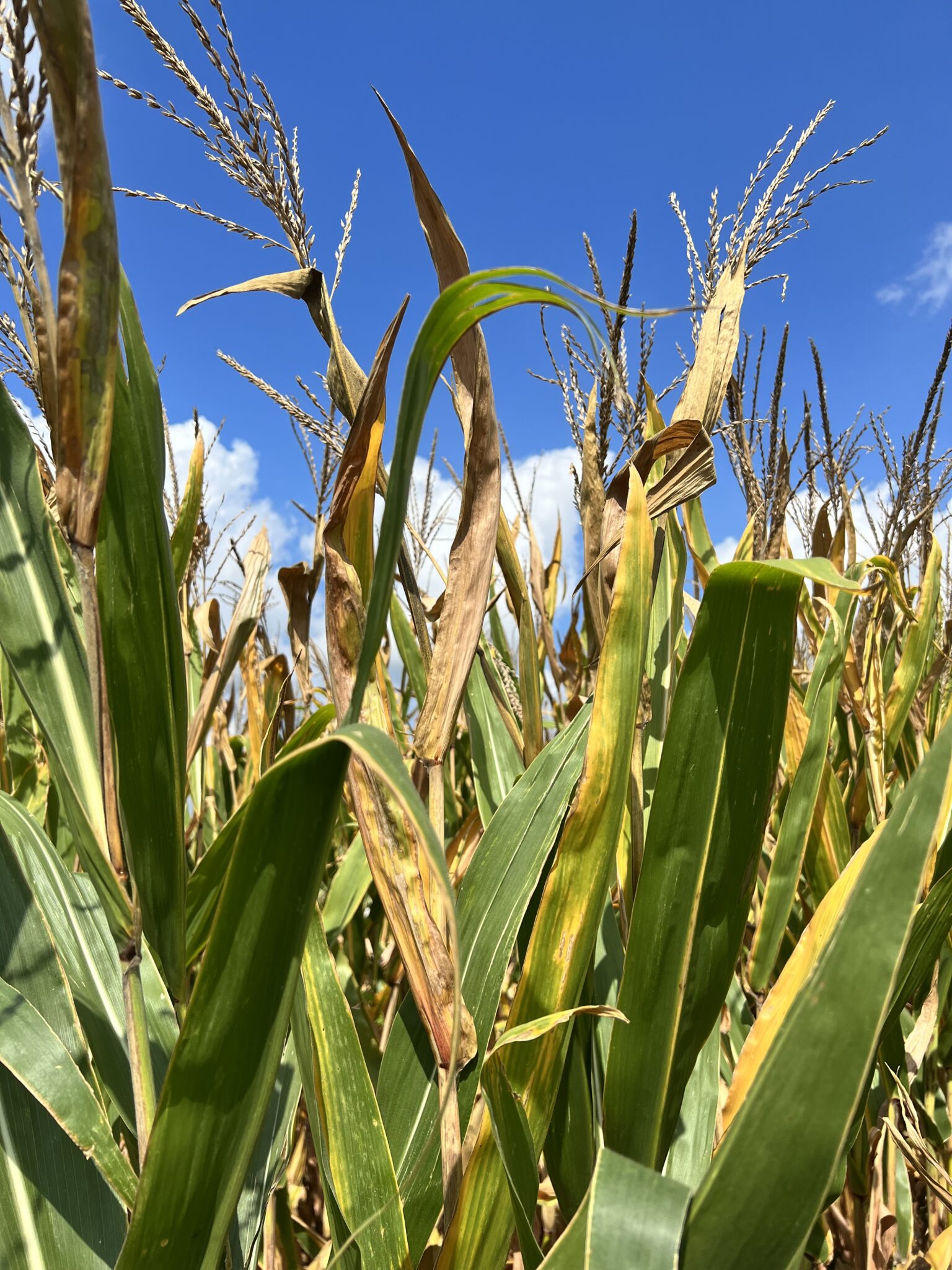
As corn plants progress through grain fill and approach maturity, plant leaves naturally begin to senesce or die.

As corn plants progress through grain fill and approach maturity, plant leaves naturally begin to senesce or die.
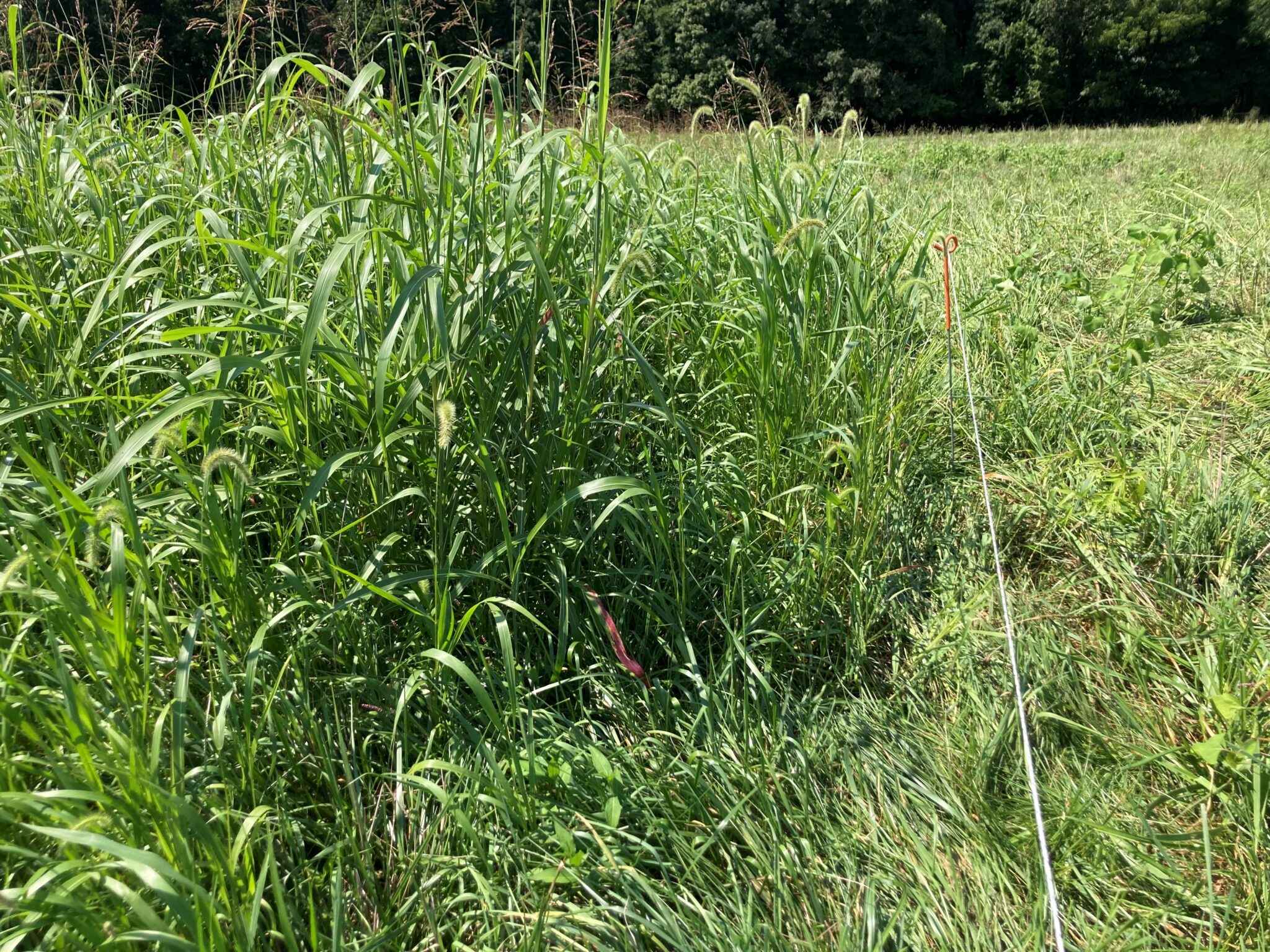
Hard to believe, especially after this week, but fall and cooler temperatures will be here in less than a month.
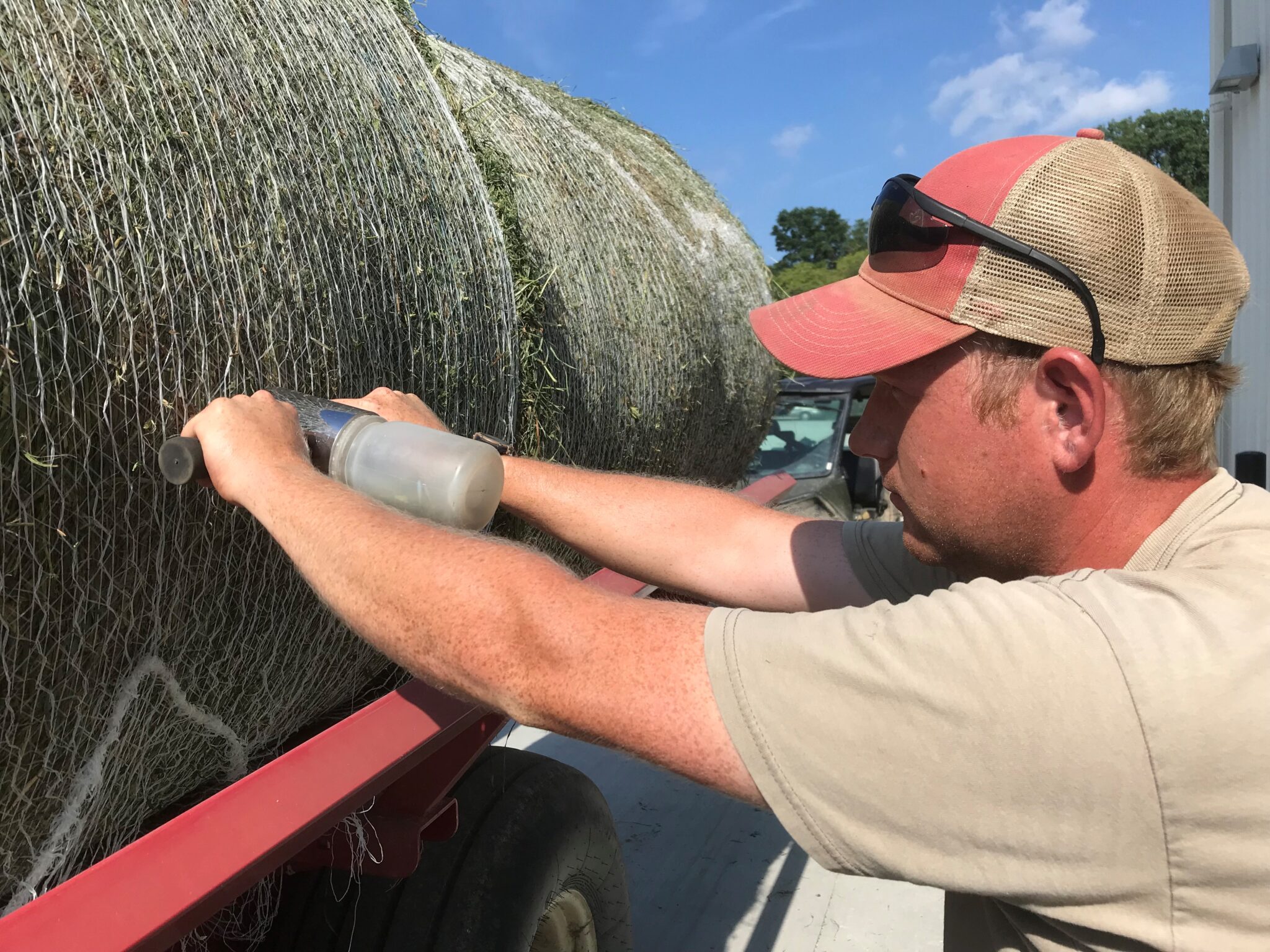
Hay harvest will soon be coming to a close for another year. It is important to now follow through and Sample, Test, Allocate, and Balance or STAB your hay. Doing the STAB is an important best management practice to keep your livestock healthy. Sample – Hay from each harvest from a field should be sampled with a hay probe. Many Purdue Extension offices have a hay probe to loan to sample hay. The website foragetesting.org has a list of hay probes that can be purchased for sampling hay. Twenty probings comprise a sample. Ten large bales are sampled twice on opposite sides of the curvature of a round bale and each butt end of a rectangular bale. One probing is taken from one butt end of each of twenty small rectangular bales to comprise a sample. Probings should be placed in a clean plastic bag that can be[Read More…]
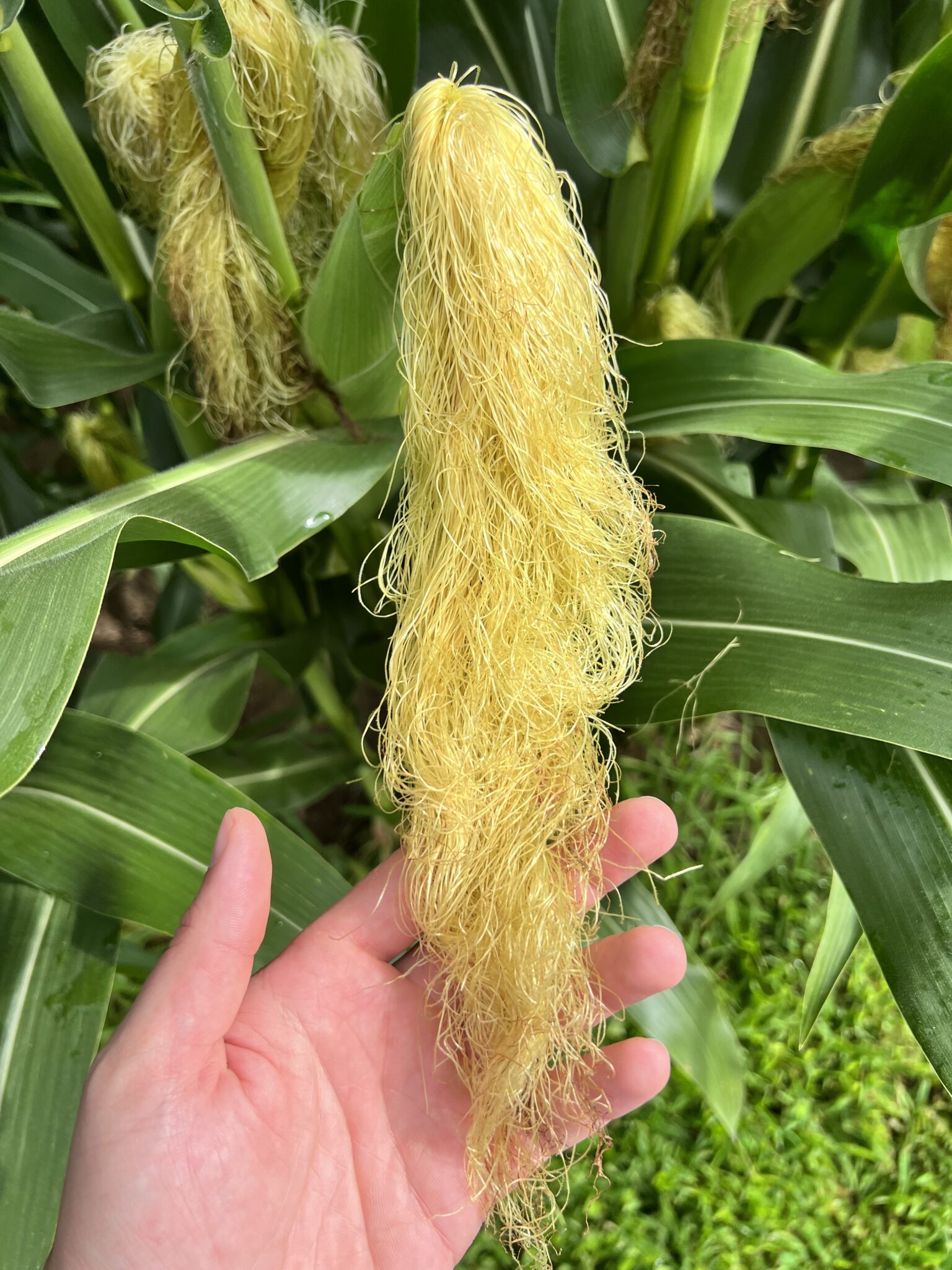
The process of pollination is one of the most critical periods for grain yield determination in corn and successful pollination is largely determined by the successful synchronization between silk elongation, tassel emergence, and pollen shed.
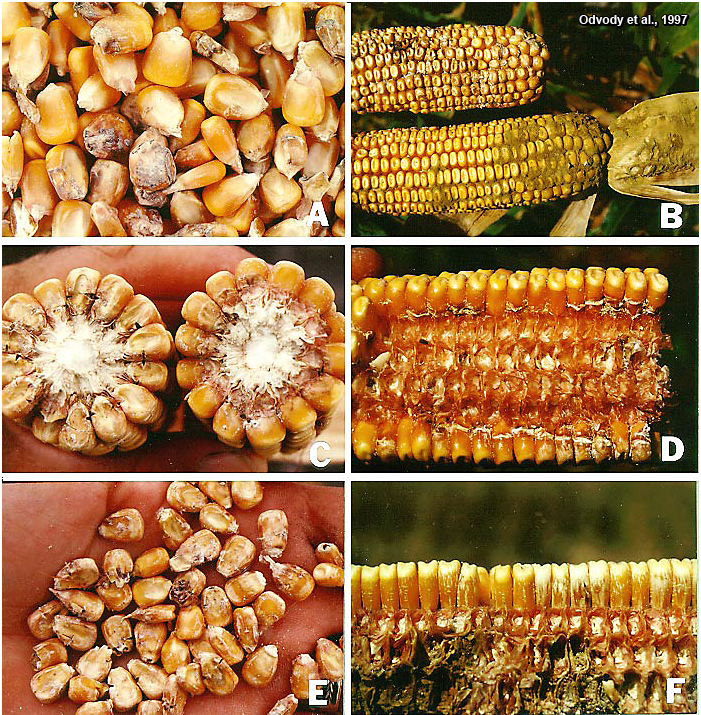
Among a number of corny oddities that appear from time to time is one that falls into the “kernel disorder” category.
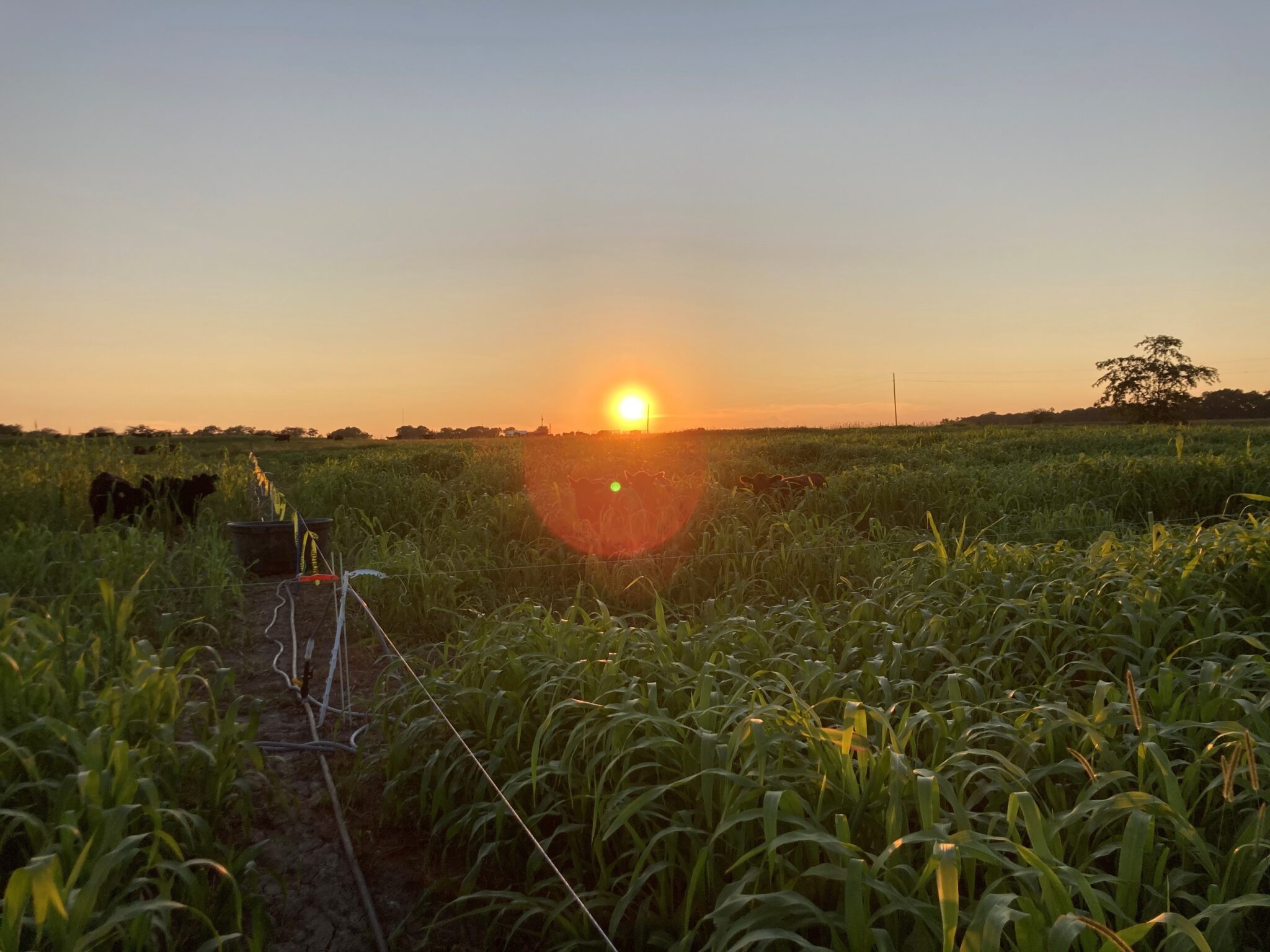
There is much that can be done for the wellbeing of forages in the late summer.
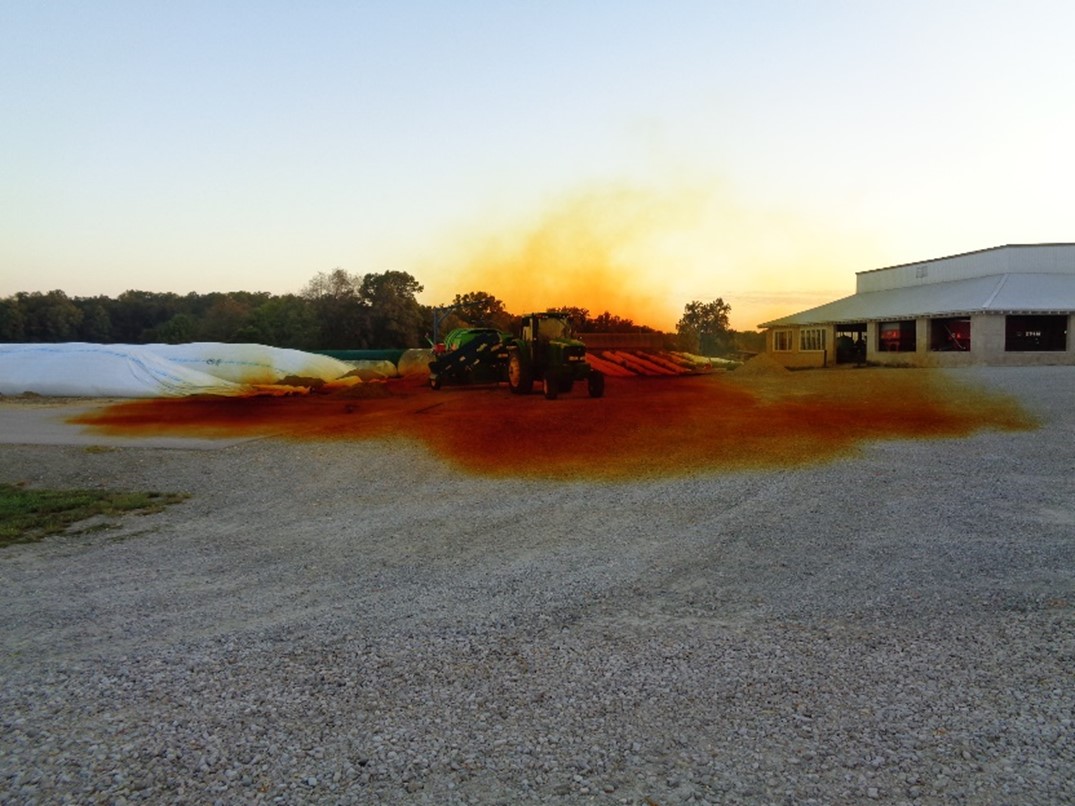
In a month, some livestock producers will be chopping whole-plant corn that will be placed in an anaerobic environment so fermentation can occur.
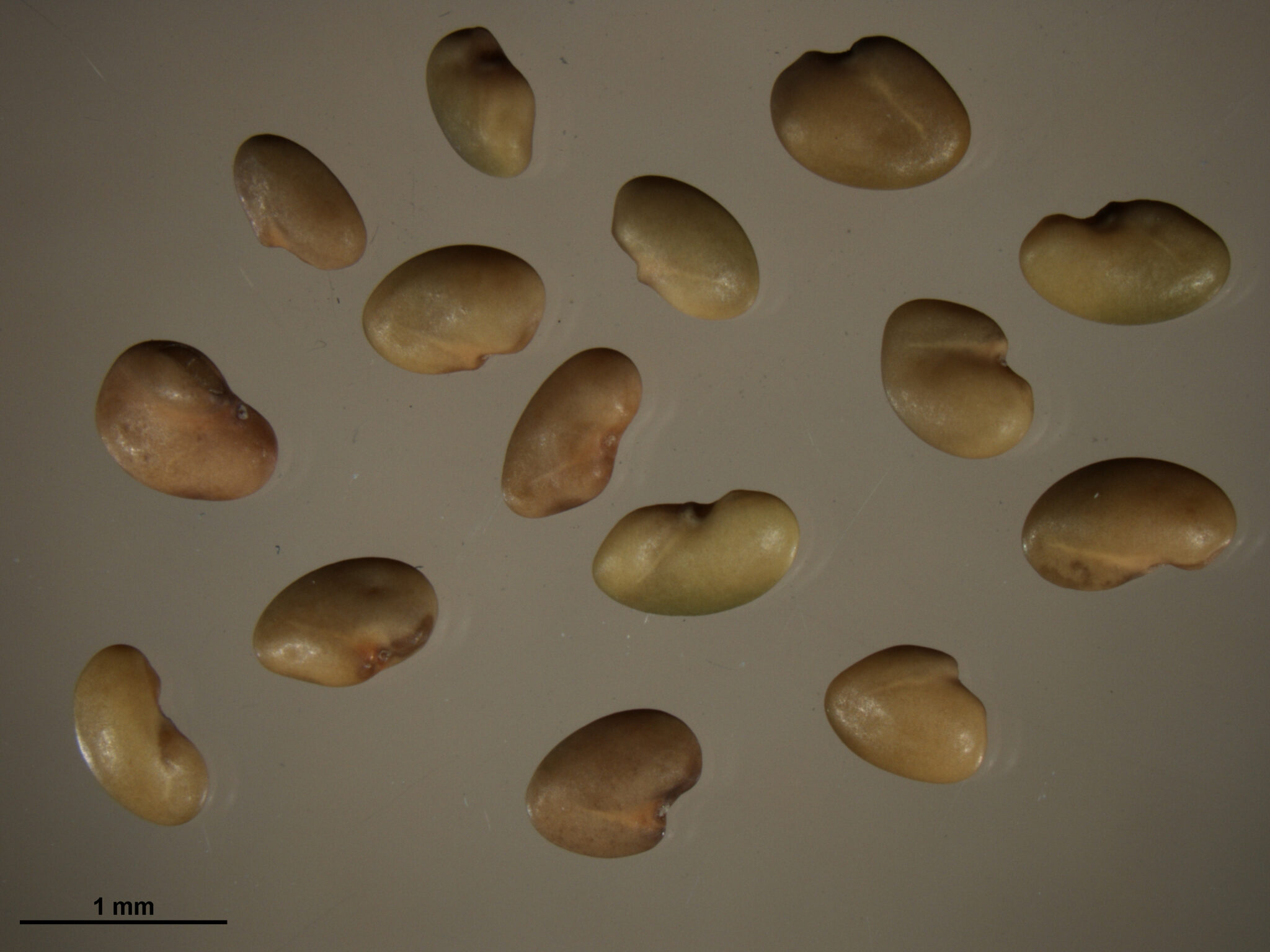
I was asked to come to a field in early April many years ago by a young producer. The producer and the seedsman that sold the alfalfa to the producer met me at the field.
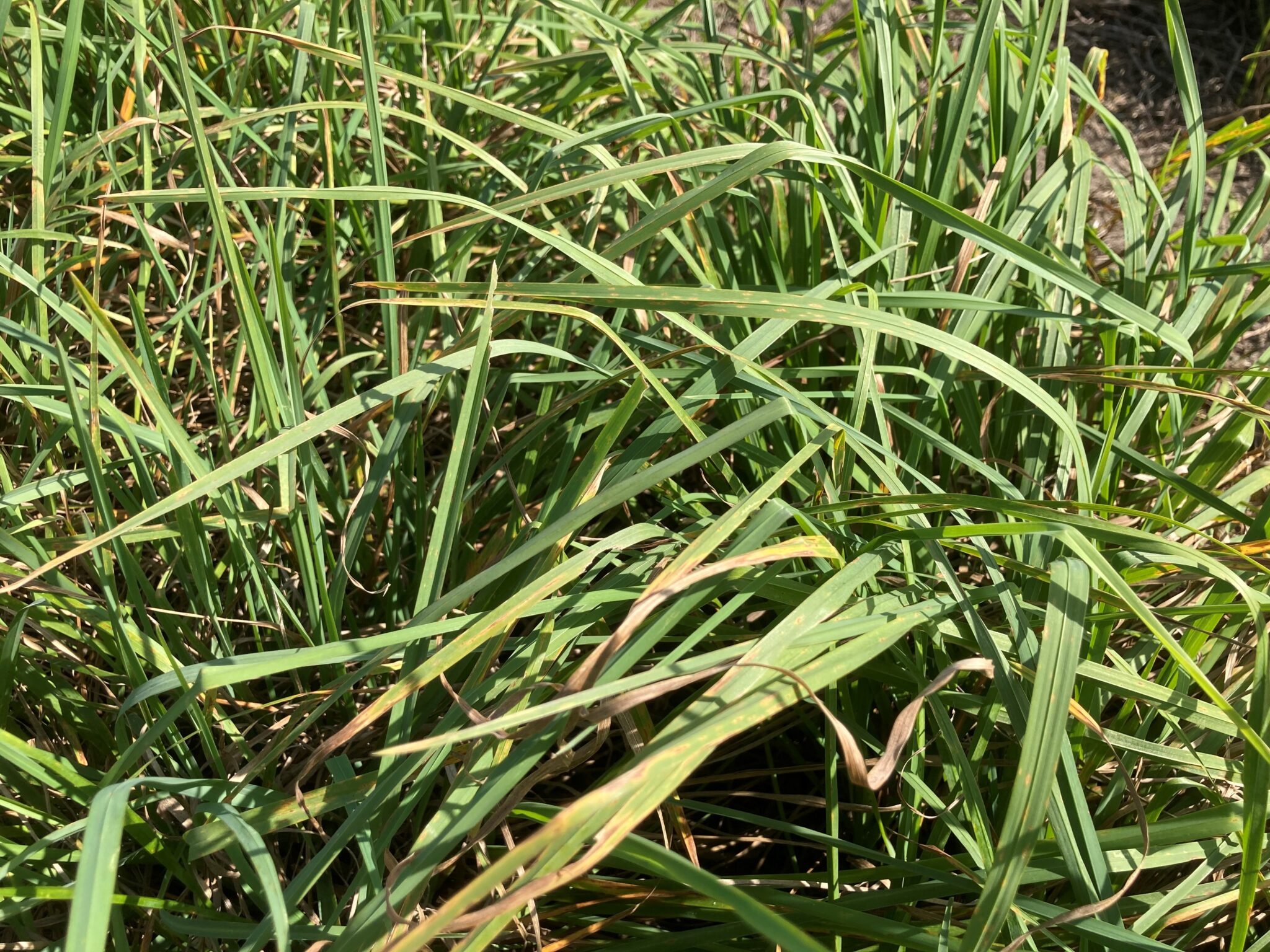
To reach full potential of the forage part of the business, Mother Nature must comply with provision of excellent growing conditions, but the manager (you) must be part of a successful team with Mother Nature and professionals, too.
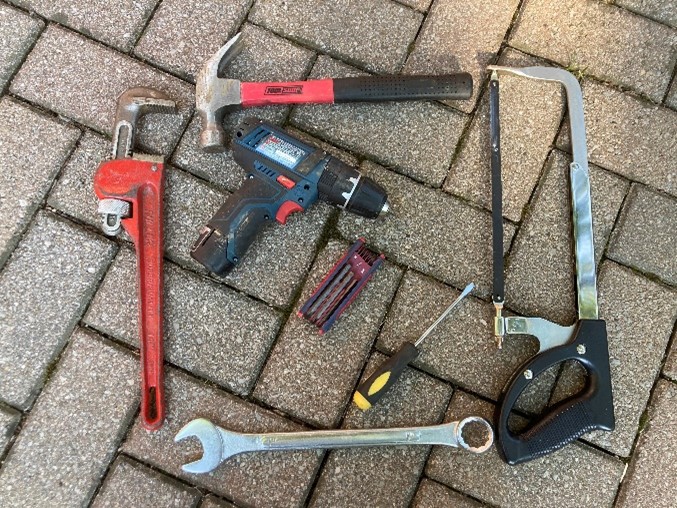
Many professions requiring investing in tools specific to their trade to be successful.
© 2025 Purdue University | An equal access/equal opportunity university | Copyright Complaints | Maintained by Pest&Crop newsletter
If you have trouble accessing this page because of a disability, please contact Pest&Crop newsletter at luck@purdue.edu.